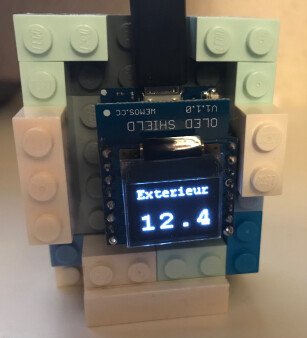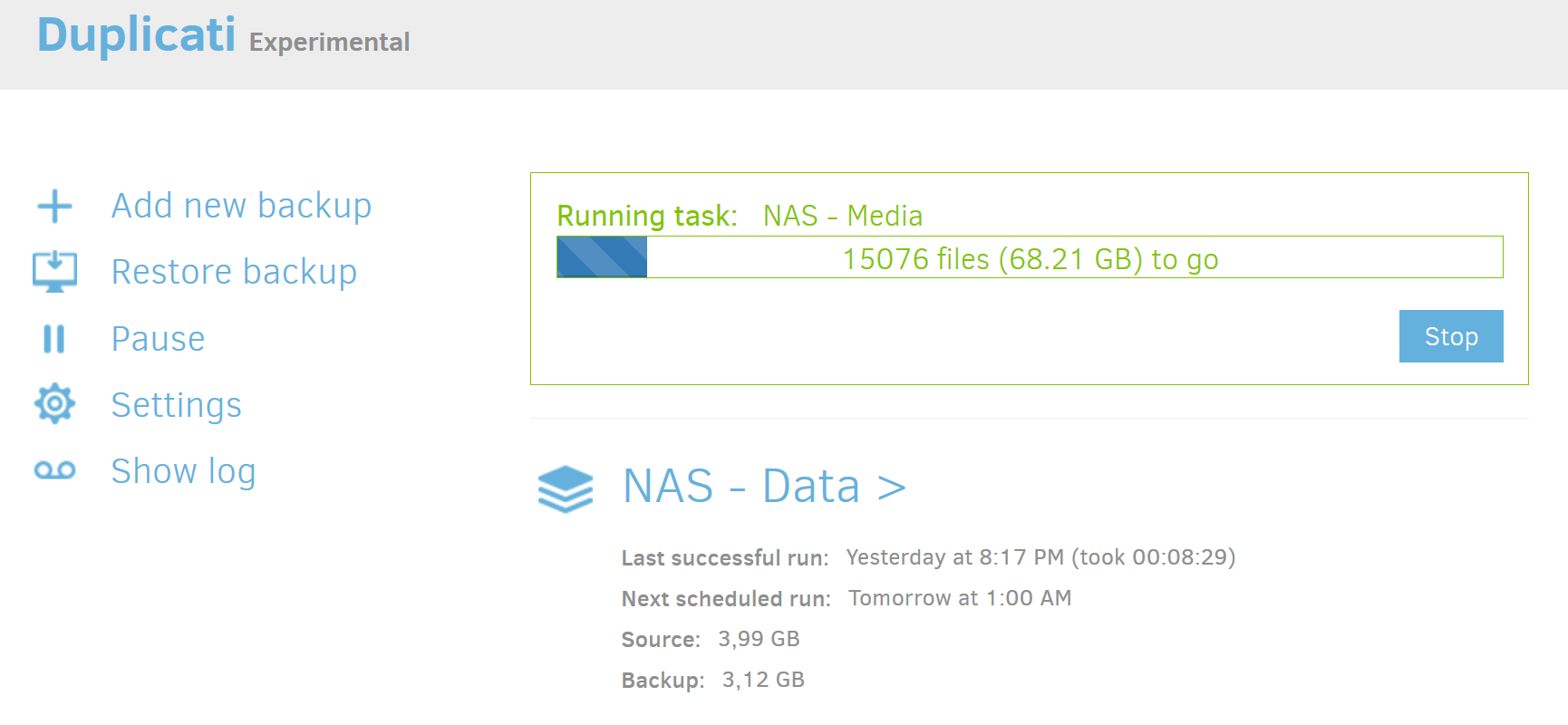My quick notes about configuring Kopia on several Debian, to a single repository.
Warning : this is my personal setup, customized to my needs. Storing all data from different servers in a single repository and without user management can be considered as a security flaw (since it is). Your backup policy is very important, if you don’t understand what you’re doing, dont copy/paste this setup.
Installation
# curl -s https://kopia.io/signing-key | sudo gpg --dearmor -o /etc/apt/keyrings/kopia-keyring.gpg # echo "deb [signed-by=/etc/apt/keyrings/kopia-keyring.gpg] http://packages.kopia.io/apt/ stable main" | sudo tee /etc/apt/sources.list.d/kopia.list # apt update # apt install kopia
Systemd service
Create /etc/systemd/system/kopia.service :
[Unit] Description=Kopia Server Wants=network-online.target After=syslog.target time-sync.target network.target network-online.target [Service] Environment="HOME=/root" Type=simple RemainAfterExit=yes ExecStart=/usr/bin/kopia server start --insecure --without-password --log-dir=/var/log/kopia ExecStop=/usr/bin/kopia server shutdown [Install] WantedBy=multi-user.target
Reload and enable :
# systemctl daemon-reload # systemctl enable kopia
Init file (alternative to systemd)
In case you don’t use Systemd (inside a chroot for exemple), create /etc/init.d/kopia :
#! /bin/sh
### BEGIN INIT INFO
# Provides: kopia
# Required-Start: $syslog $time $remote_fs
# Required-Stop: $syslog $time $remote_fs
# Default-Start: 2 3 4 5
# Default-Stop: 0 1 6
# Short-Description: Deferred execution scheduler
# Description: Debian init script for kopia
### END INIT INFO
PATH=/bin:/usr/bin:/sbin:/usr/sbin
DAEMON=/usr/bin/kopia
PIDFILE=/var/run/kopia.pid
test -x $DAEMON || exit 0
. /lib/lsb/init-functions
case "$1" in
start)
log_daemon_msg "Starting kopia" "kopia"
start-stop-daemon --start --make-pidfile --pidfile $PIDFILE -b --exec /usr/bin/kopia server start -- --config-file=/root/.config/kopia/repository.config --insecure --address http://0.0.0.0:51515 --without-password --log-dir=/var/log/kopia
log_end_msg $?
;;
stop)
log_daemon_msg "Stopping kopia" "kopia"
killproc -p $PIDFILE $DAEMON
log_end_msg $?
;;
force-reload|restart)
$0 stop
$0 start
;;
status)
status_of_proc -p $PIDFILE $DAEMON kopia && exit 0 || exit $?
;;
*)
echo "Usage: /etc/init.d/kopia {start|stop|restart|force-reload|status}"
exit 1
;;
esac
exit 0
Repository
Export repository configuration from an existing installation :
# kopia repository status -t -s
Since I’m using a ssh repository, I need to connect once with ssh to store the server’s fingerprint in known_hosts.
Import repo configuration on the newly installed server :
# kopia repository connect from-config --token .......... # service kopia restart
Dont forget to clear your bash history since it contains sensitive data :
# history -d -2
Initial configuration
Setup a different « default » snapshot time on this host :
# kopia policy set --snapshot-time="04:00" @hostname # kopia server refresh
Email reporting
Create an email reporting profile :
# kopia notification profile configure email \ --profile-name=email \ --smtp-server=mysmtpserver \ --smtp-port=25 \ --mail-from=user@domain.tld \ --mail-to=user@domain.tld \ --format=html \ --min-severity=warning
Send test email :
# kopia notification profile test --profile-name=email





